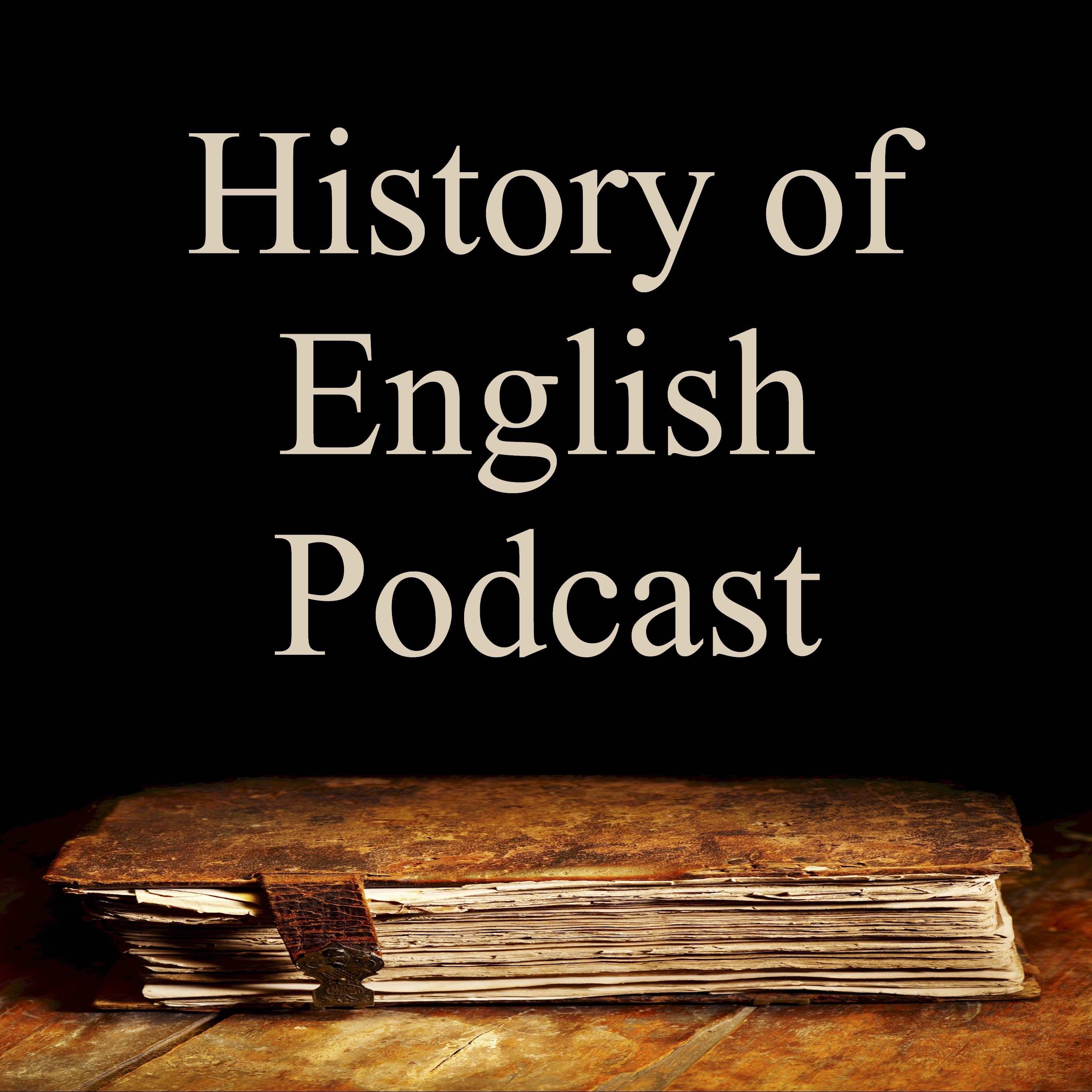Episode 148: A Marital Union
In the early 1500s, a series of marriages between European royal families re-shaped the face of Europe and brought together separate regions under the leadership of a single ruler. This led to creation of modern Spain and the formation of a massive European empire ruled by the Habsburg family. It also secured the position of the Tudors in England, and laid the foundation for the union of England and Scotland as Great Britain. In this episode, we explore those developments and examine the poetry of Middle Scots, the creation of the first modern postal system, and the beginning of the Protestant Reformation.
TRANSCRIPT: EPISODE 148
TRANSCRIPT: EPISODE 148
Press play and read along
Transcript
Transcript is processing—check back soon.
The History of English Podcast — Episode 148: A Marital Union
